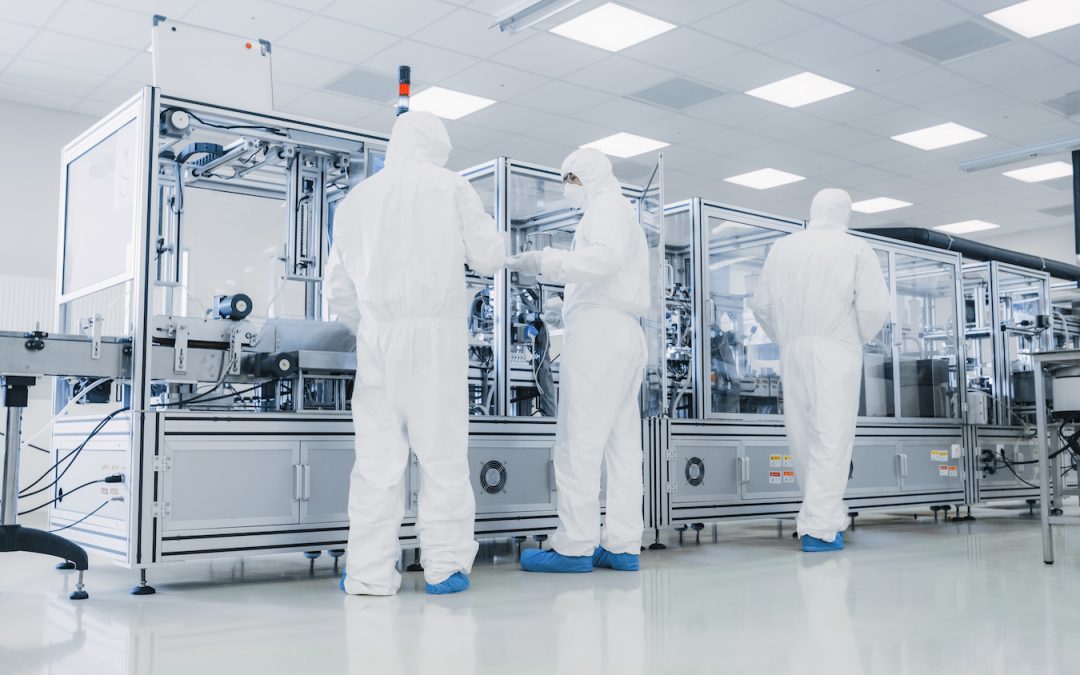
We understand that high-tech and medical device manufacturing can be tough, and there are a lot of challenges that can slow down production. Managers in this industry always struggle to find solutions to these problems so that they can increase efficiency and improve output but also make their employees’ lives easier.
One of the biggest issues you can face is supply chain disruptions. We all know that delays and disruptions in the supply chain can be frustrating, but we can work to mitigate this risk by diversifying your supply chains and establishing stronger relationships with suppliers. By doing so, you need to ensure that you have the necessary components for production and minimize delays.
Another challenge is quality control. You need to make sure that our products meet regulatory standards and are safe to use. To ensure quality control throughout the production process, you can invest in advanced tools and technologies such as automation and sensors and implement a culture of continuous improvement. Also, invest in employee training to help ensure that all workers understand the importance of quality control.
Supply Chain Disruptions and Compliance
Compliance is another critical issue in this industry, and it can be challenging to keep up with evolving regulations and standards. The best way to do that’s to establish a compliance team to help stay up to date with regulatory changes and invest in software and other technologies to streamline the compliance process. In short, these are the main goals you want to achieve:
- Improved efficiency
- Increased accuracy
- Enhanced traceability
- Reduced labor costs
- Improved compliance
And how will you do that? Well, the best way is to automate your line-clearance with RFID (Radio Frequency Identification) technology.
Automating Line Clearance with RFID
Line-clearance is a critical process that ensures that equipment and materials are properly cleaned and inspected before the start of production to prevent cross-contamination and ensure quality control. However, it can be a time-consuming and tedious process that can slow down production.
By automating the line-clearance process using RFID technology, you can streamline this process and save time. RFID technology uses tags that can be attached to equipment and materials to track their location and status. This technology allows you to automate the process of verifying that equipment and materials have been properly cleaned and inspected before the start of production.
Automation reduces the risk of errors and increases the accuracy of the process and you can track every piece of information on your computer or mobile app like Visium by InThing company. InThing has developed high visibility software, and now workers get alert if equipment or materials have not been properly cleaned or inspected, allowing them to quickly address any issues before the start of production.
InThing’s Solution
A benefit of using InThing’s Visium is that it can help with inventory management. By tracking the location and status of equipment and materials, you can easily keep track of inventory levels and ensure that you have the necessary components for production.
So, that’s the wrap of how automating line-clearance in high-tech manufacturing using RFID technology can bring benefits to the production process. By streamlining the line-clearance process and improving accuracy, efficiency, traceability, and compliance, RFID technology can save time, reduce costs, and improve the overall quality of the products being produced.
In the end, it’s all about making our work more efficient and productive. By adopting new technologies like RFID, we can free up our time and resources to focus on other important aspects of our work. And who doesn’t want to be more productive and efficient, right?
Written by Izabel Farzsky and Sandeep Mukherjee.






